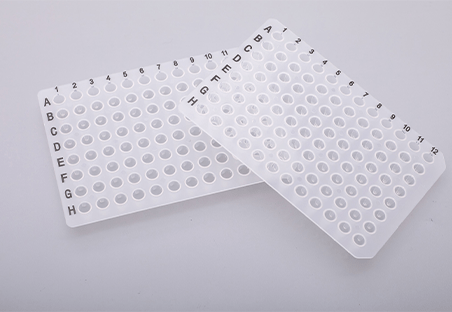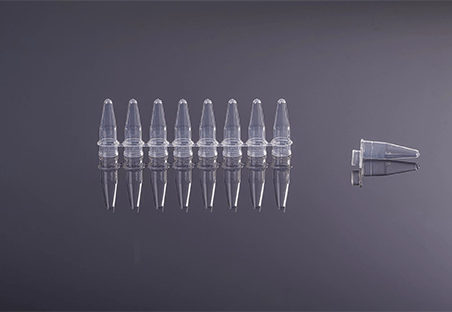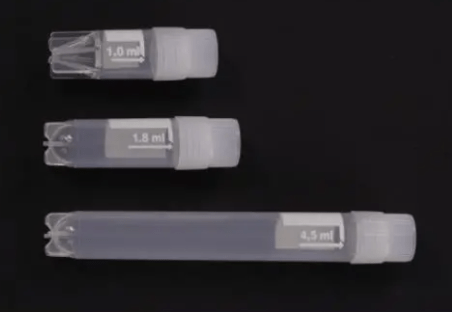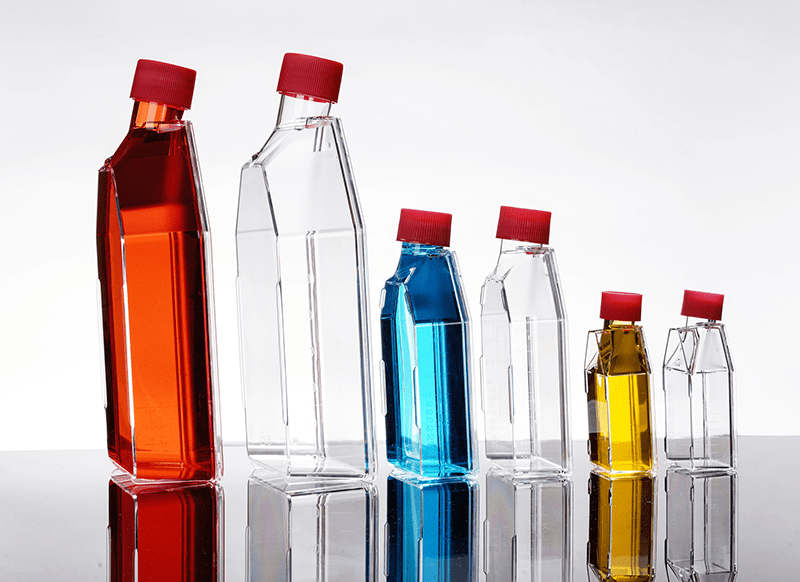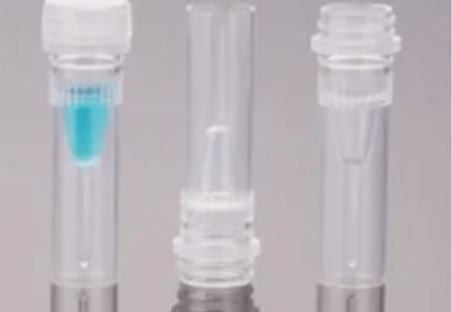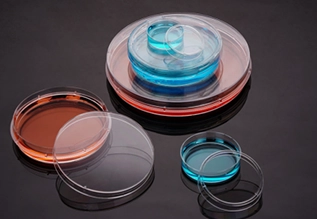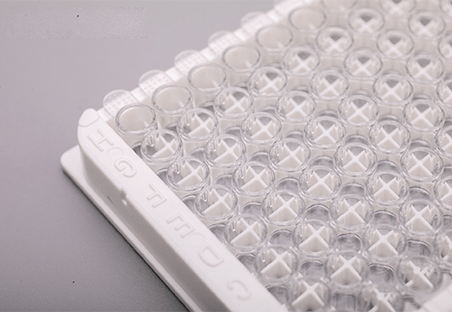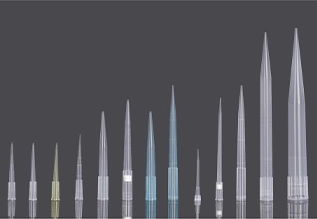Laboratory consumables are essential supplies used in various scientific research and diagnostic procedures. These items range from basic glassware to specialized equipment and reagents. In this article, we will explore the consumable needs of three common laboratory types: chemistry, microbiology, and medical labs.
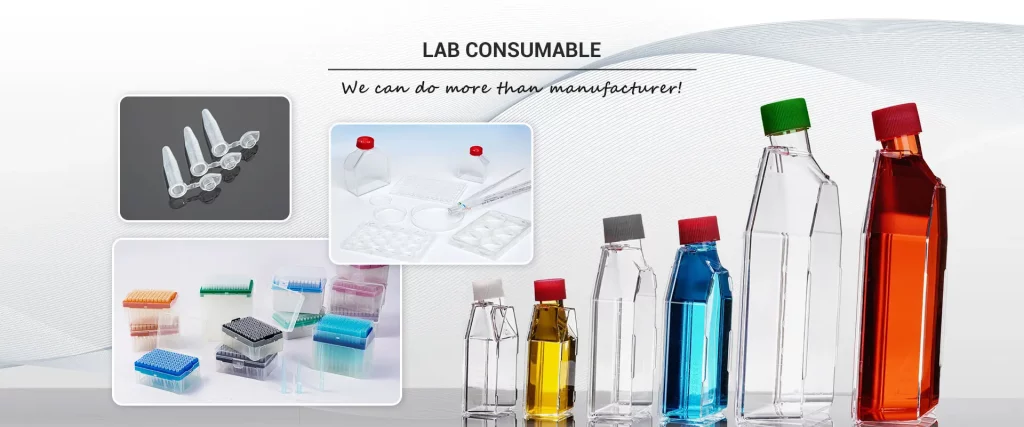
Chemistry Lab Consumables
In chemistry labs, where experiments often involve reactions between different chemicals, consumables must ensure safety, accuracy, and purity.
Essential Supplies:
- Glassware: Common glassware includes beakers, flasks, burettes, and pipettes. Glass offers chemical resistance and durability, making it ideal for chemical reactions, titrations, and liquid handling. These glassware are used to measure, mix, and store substances accurately.
- Plasticware: Though not as chemically resistant as glass, plasticwares are useful for handling less reactive substances and reducing the risk of breakage. For example, pipettes, microcentrifuge tubes, and Erlenmeyer flasks are often preferred over glassware due to their durability, flexibility, and disposable nature. They are ideal for handling small volumes of liquids and conducting sensitive reactions.
- Reagents: Chemicals like acids, bases, solvents, and salts form the core of any chemistry lab. These must be of high purity to prevent experimental contamination. They are used to create solutions, analyze substances, and study chemical reactions.
- Media: Agar plates and broths are used to cultivate and grow microorganisms in microbiology experiments. They provide a nutrient-rich environment for bacterial and fungal growth.
- Others: Hot plates, Bunsen burners, balances, and pH meters are additional essential tools for various chemical procedures. They are used for heating, measuring, and analyzing substances.
Specialized Supplies:
- Spectrophotometers: These instruments measure the intensity of light absorbed or transmitted by a sample, allowing for the quantification of chemical substances.
- pH meters: Used to measure the acidity or alkalinity of a solution, pH meters are crucial for maintaining optimal conditions in chemical reactions.
- Chromatography equipment: Thin-layer chromatography (TLC) and high-performance liquid chromatography (HPLC) are techniques used to separate and analyze mixtures of chemical compounds.
- Titration apparatus: Burettes, flasks, and indicators are used to determine the concentration of a solution by reacting it with a known concentration of another solution.
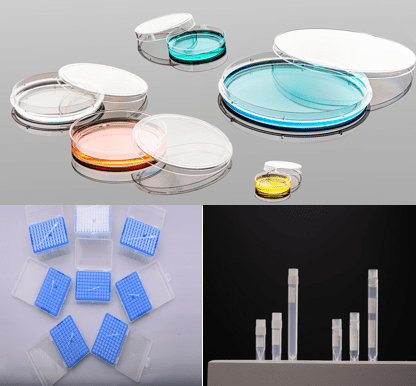
Microbiology Lab Consumables
Microbiology labs focus on the study of microorganisms, requiring sterile conditions and specialized consumables for culturing and analysis.
Essential Supplies:
- Glassware: Autoclavable glass containers like petri dishes, culture tubes, and flasks are essential for growing and analyzing cultures.
- Plasticware: Pipettes, microcentrifuge tubes, and culture plates are disposable items used for handling small volumes of liquid and solid media.
- Reagents: Stains, buffers, and antimicrobial agents are common, supporting both microbial growth and identification.
- Media: Agar plates and broths are specifically formulated to support the growth of different types of microorganisms. They contain various nutrients and may be supplemented with antibiotics or other agents.
- Others: Incubators, autoclaves, and biosafety cabinets are critical equipment for maintaining a sterile environment, culturing microorganisms, and protecting lab personnel from biohazards.
Specialized Supplies:
- Microscopes: Used to visualize microorganisms and their cellular structures, microscopes are indispensable in microbiology research.
- Colony counters: These devices are used to count the number of bacterial or fungal colonies growing on agar plates.
- Antibiotic sensitivity testing kits: These kits are used to determine the susceptibility of microorganisms to various antibiotics.
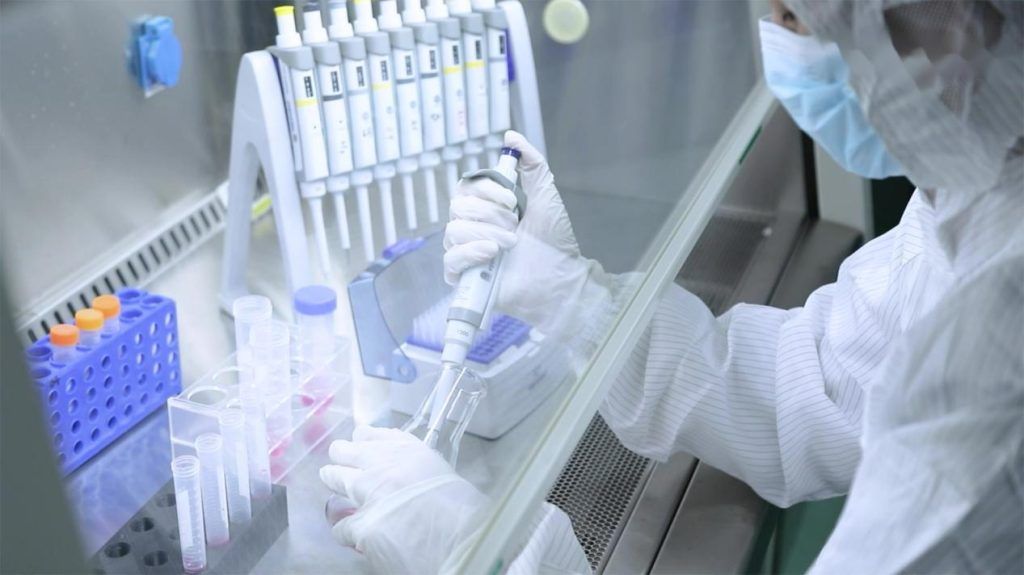
Medical Lab Consumables
Medical labs process patient samples for diagnostic purposes, which require precision and reliability.
Essential Supplies:
- Glassware: Test tubes, slides, and cover slips are common in medical labs for analyzing blood, urine, and tissue samples.
- Plasticware: Centrifuge tubes, disposable pipette tips, culture plates and dishes are commonly used for handling small volumes of biological fluids and conducting diagnostic tests.
- Reagents: Reagents (such as ELISA kits) specific to blood tests, urinalysis, and other diagnostic procedures are used to detect and measure various analytes.
- Media: Specialized media are used to culture and identify pathogens from clinical samples.
- Others: Centrifuges, microscopes, and automated analyzers are essential equipment for processing and analyzing biological samples.
Specialized Supplies:
- Hematology analyzers: These instruments are used to count blood cells, measure hemoglobin levels, and assess overall blood health.
- Clinical chemistry analyzers: These analyzers measure various analytes in blood and other body fluids, including glucose, electrolytes, enzymes, and hormones.
- Immunoassay analyzers: These instruments detect and quantify specific proteins or antigens in biological samples using immunoassay techniques.
- Microbiology identification systems: These systems use advanced technologies to identify microorganisms based on their biochemical and genetic characteristics.
Similarities and Differences in Consumable Needs Across the Three Labs
While chemistry, microbiology, and medical labs all require core consumables such as glassware, plasticware, and reagents, the specific types and uses of these items vary significantly. Sterility is a top priority in microbiology and medical labs but may not be as critical in all chemistry lab applications. Conversely, specialized glassware and reagents are more prevalent in chemistry labs, where precise chemical reactions are a priority. Another key difference is in specialized equipment, such as PCR gels in microbiology labs and ELISA plates in medical labs, which are designed for highly specific applications.
Overall, the similarities lie in the reliance on fundamental consumables like glass and plastic items, but differences are seen in the specialized supplies that cater to each lab’s unique scientific focus.
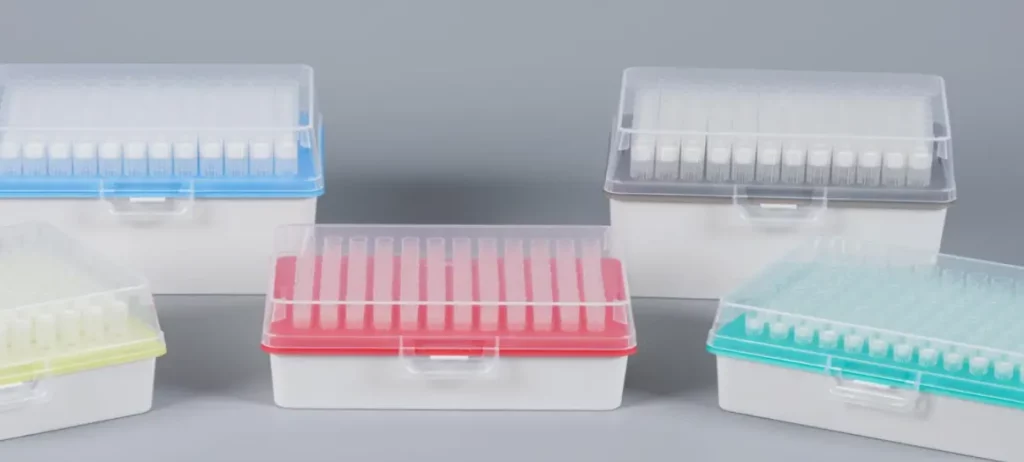
Tips for Choosing Consumables for Each Lab
When selecting consumables for any laboratory, the following tips can help ensure efficiency and reliability:
- Consider the Nature of Your Work: Understand the specific requirements of your lab—whether dealing with chemicals, microorganisms, or patient samples—and choose consumables designed for those tasks.
- Prioritize Sterility: In microbiology and medical labs, sterility is crucial. Use single-use or autoclavable materials to maintain contamination-free environments.
- Opt for Quality Materials: Consumables made of high-quality glass, plastic, or reagents ensure reliability and reduce the risk of introducing errors or contamination into experiments.
- Stock According to Frequency of Use: Identify the most commonly used consumables in your lab and ensure they are always available in sufficient quantities.
- Seek Compatibility with Equipment: For specialized consumables, such as PCR plates or ELISA readers, ensure that they are compatible with the lab’s equipment to avoid issues during analysis.
Each lab’s consumables must be selected based on the type of work being conducted. By considering the specific needs and tasks of chemistry, microbiology, and medical labs, you can ensure that the right consumables are always at hand, leading to efficient, accurate, and safe operations.
